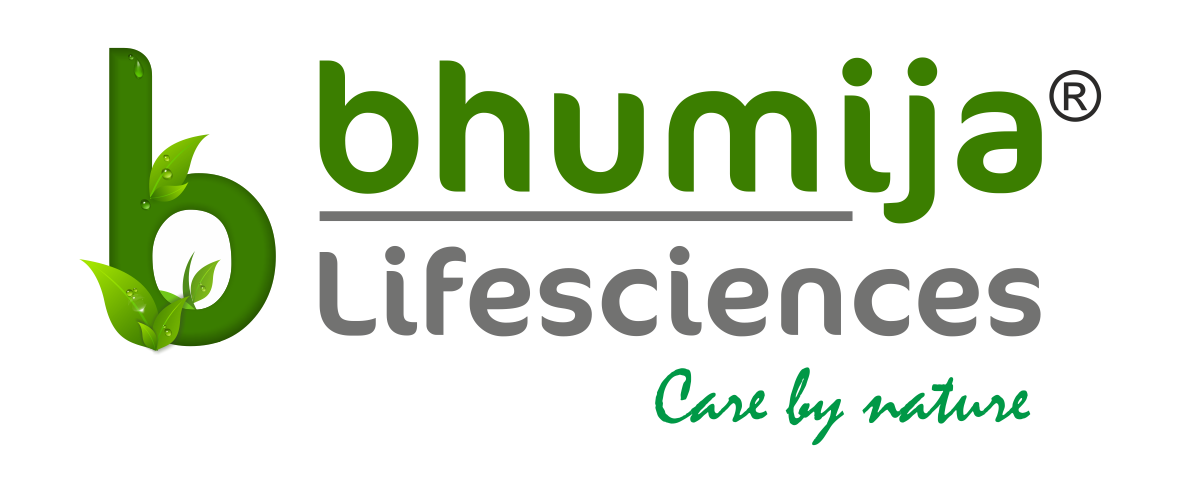How to Freeze and Thaw Foods
Freezing is an excellent way to preserve food, allowing us to extend its useful life, maintain its nutritional properties and, in many cases, guarantee food safety. In this article, we are going to explain the benefits of freezing food, how we can do it safely, what kinds of foods work best for freezing, how long they can be stored in the freezer, and several tips for effectively defrosting frozen food.
There are several benefits to freezing food, some of which include:
- Nutrient preservation: By inhibiting the growth of germs and halting the loss of vitamins and minerals, freezing protects the nutrients in food.
- Waste reduction: By freezing products that we know we won't use right away, we can use them later thus avoiding having to throw away food.
- Increased food variety: We can eat a wider range of ingredients throughout the year, no matter the season, thanks to frozen foods.
- Make meal planning easier: Meals can be cooked ahead of time and consumed whenever it's convenient for us.
- Saving money and time: We may save money and time by buying things in bulk and freezing them, which lets us take advantage of sales and reduced pricing.
To freeze food safely and effectively, it is important to follow certain recommendations:
- Protect foods: Use freezer bags and airtight containers to preserve food, being sure to mark them with the name of the item and the freezing date. It's best to let hot dishes cool in the refrigerator before freezing them; this will prevent freezer burn.
- Quick freezing: Food should be frozen as soon as possible to maintain its nutritional value. Foods that have already been packed cannot be past their best-before or expiration dates. For best freezing, it is best to use a four-star freezer that can reach temperatures of -18ºC or below.
- Individual Servings: To freeze food more quickly and with less waste, divide it up into individual servings.
- Do Not Refreeze: Avoid refreezing foods that have already been thawed, unless they are cooked at more than 70ºC for at least two minutes.
Many items can be frozen, but others shouldn't be frozen in the first place.
Freeze
- Meats
- Fish and seafood
- Vegetables and legumes
- Fruit
- Beaten eggs
- Bread
- Cold cuts and sausages
Do Not Freeze
- Salad vegetables
- Eggs in shell
- Potatoes
- Fried foods
- Foods high in fat
- Fruits with high water content
- Dairy and fresh products
Although foods can be safely frozen forever, the following storage periods are advised for quality assurance:
- Fruits and veggies: Eight to twelve months.
- Pork, lamb, and beef: Six to twelve months.
- Chicken meat: Nine to twelve months.
- Burgers and minced meat: Three to four months.
- Sausage and cold cuts: One to two months.
- Raw egg whites and yolks (without shell): twelve months.
- Whitefish: Six to eight months.
- Bluefish: two to three months.
- Seafood: three to six months.
- Soups and stews: two to three months.
To ensure food safety at home, it's imperative to understand how to properly thaw food. The best technique to defrost food is always to put it in the refrigerator and collect the released liquid with a plate or tray until the food thaws to the right temperature. If you can't use the lowest power, chop the food into little pieces and mix it while it defrosts in the microwave, which is equipped with a thaw programme for most models. Conversely, certain goods can be prepared straight from frozen, but you should always read the label carefully.
It is safe to eat frozen meals and keep them nutritious if we abide by the right guidelines. Let's make the most of our freezer as a practical resource for more sustainable and easy meals.
